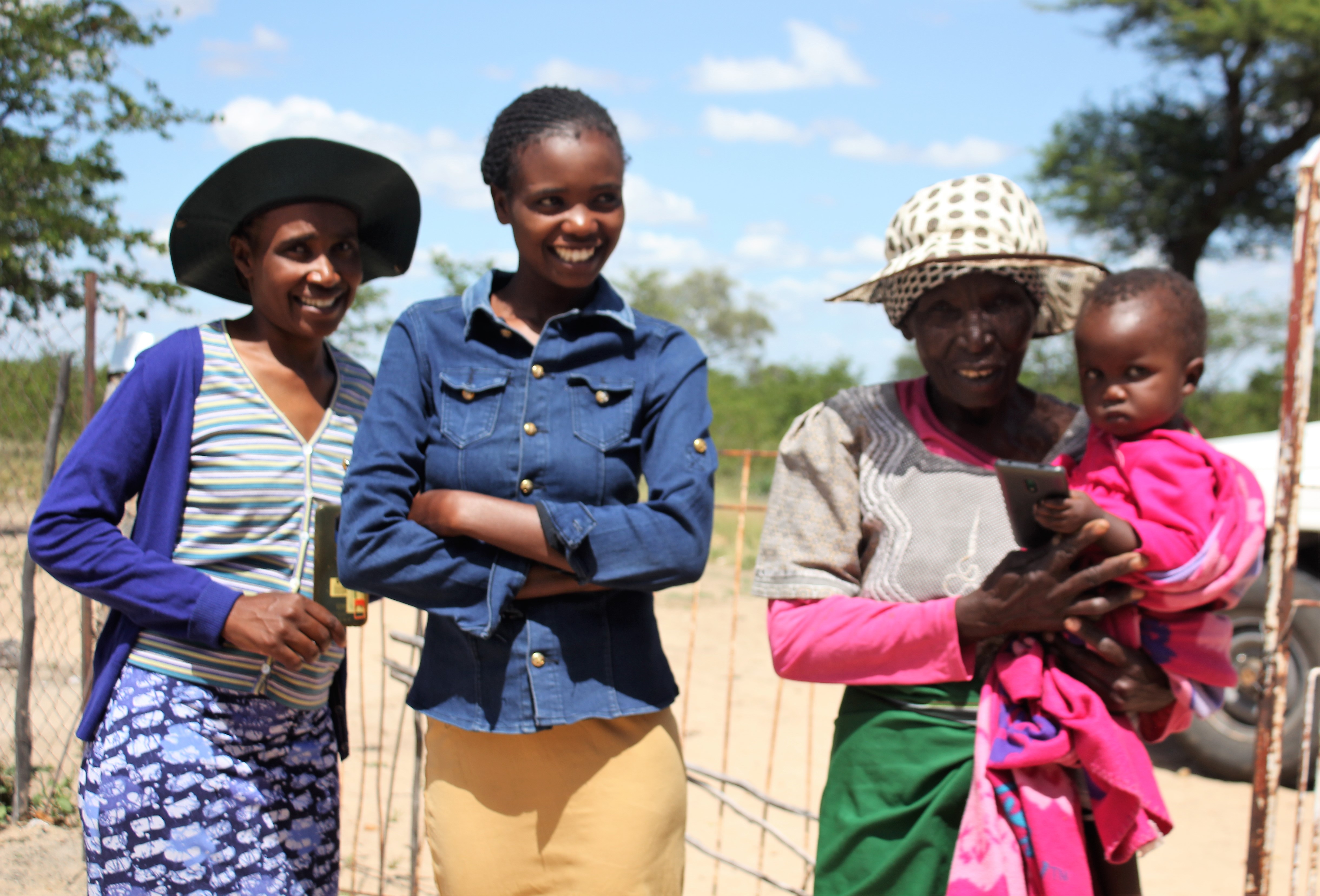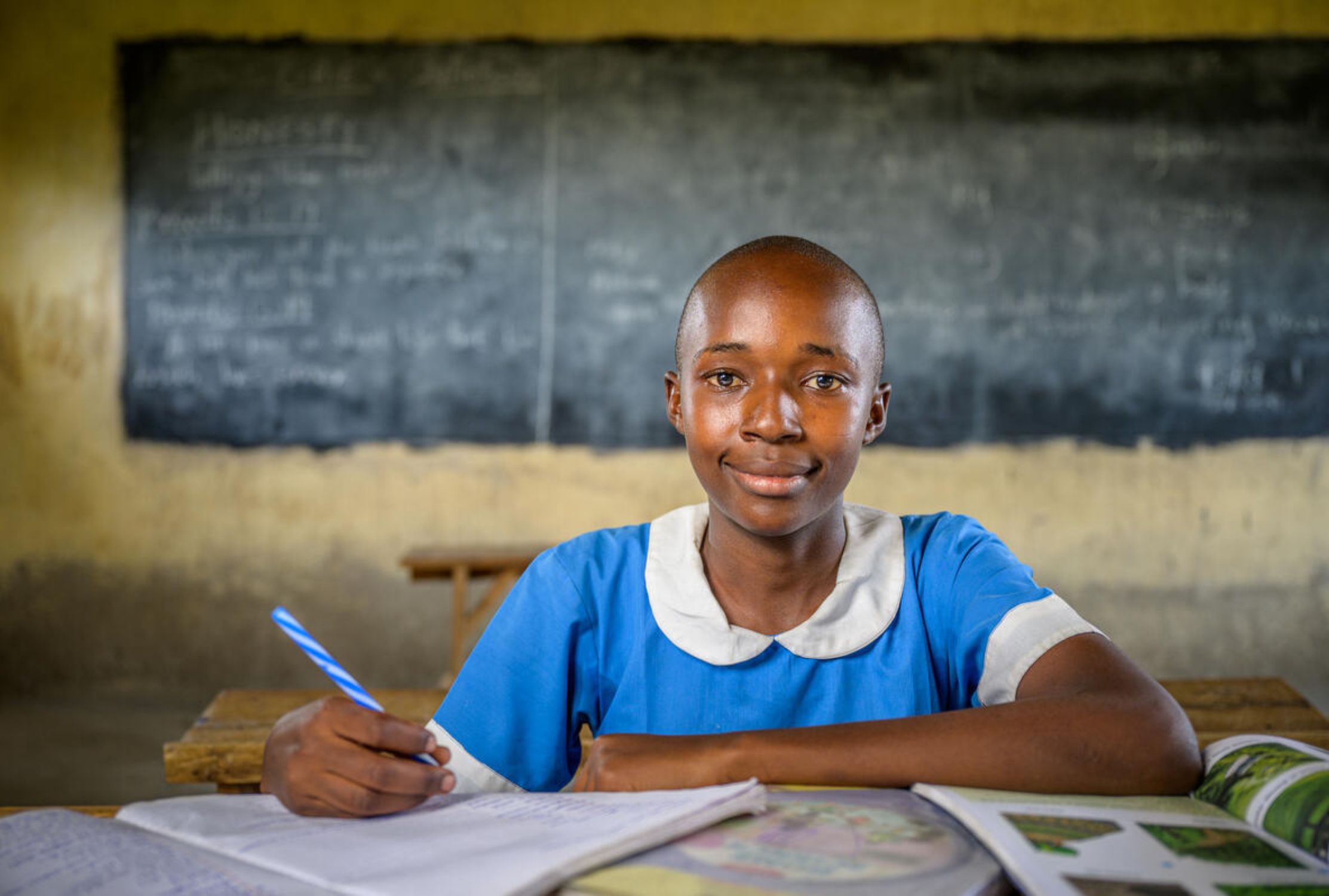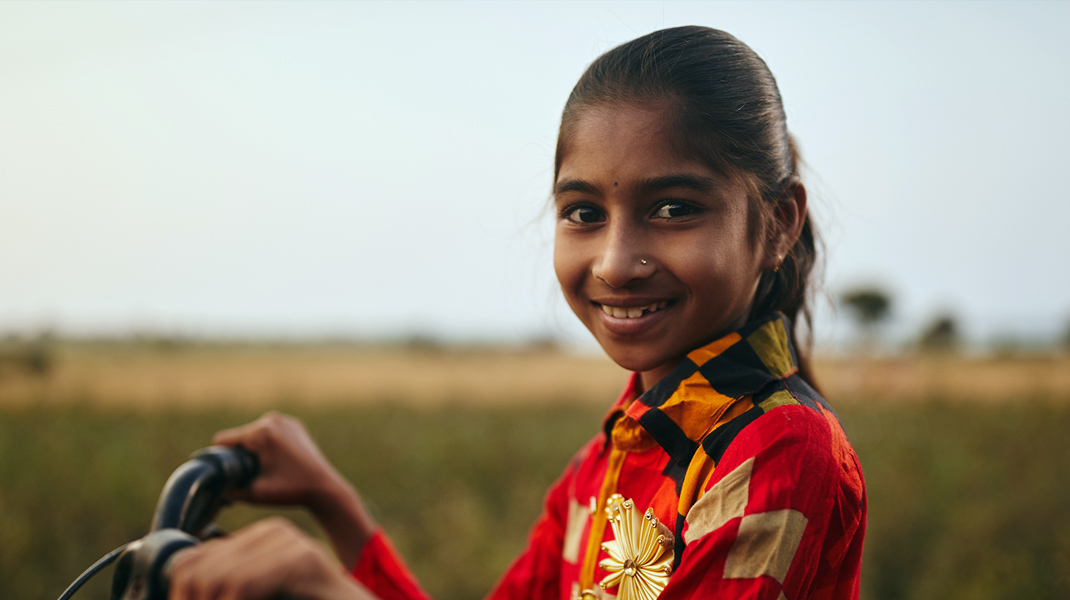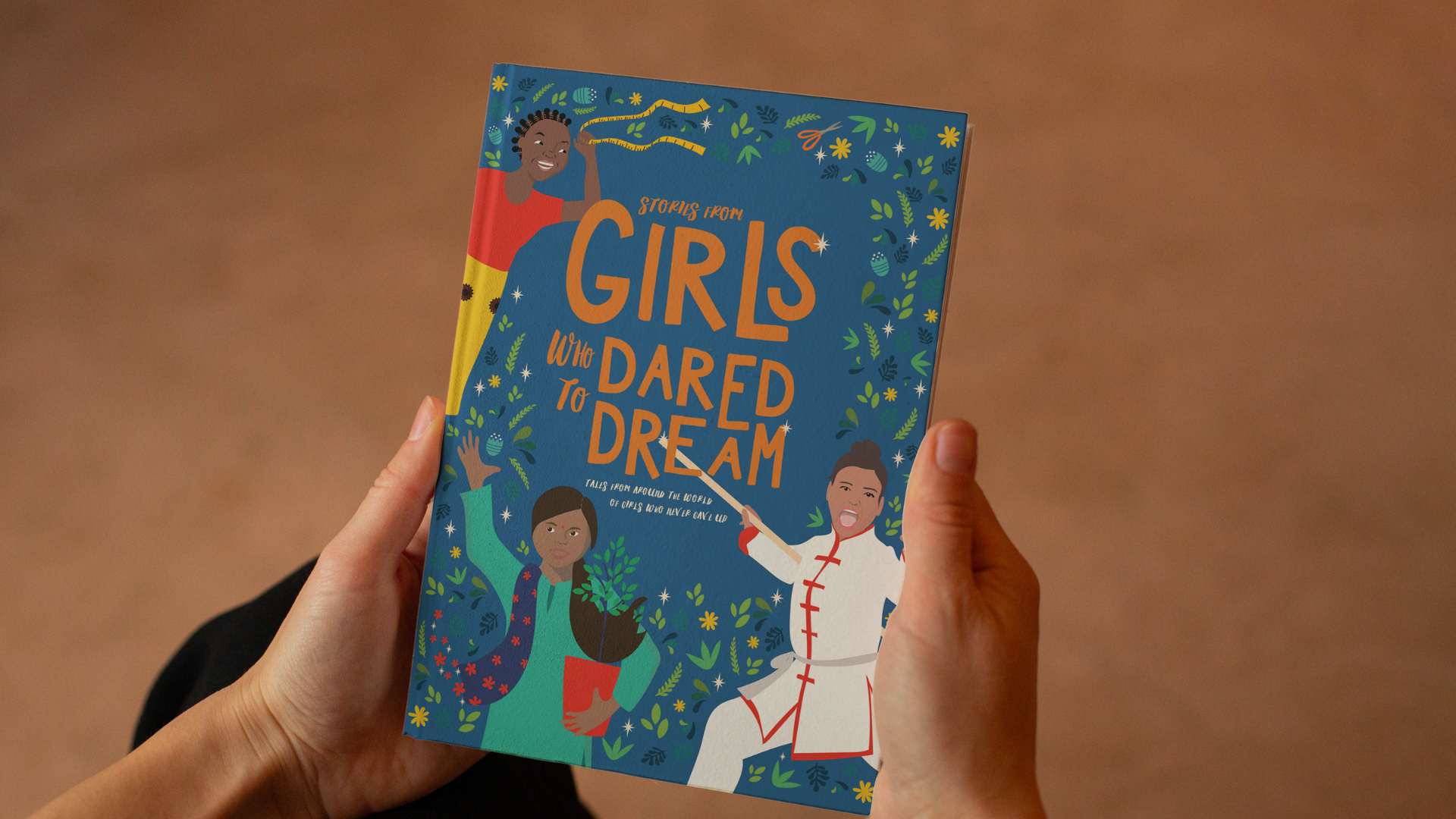
Break the bias
Young mothers have the right to an education.
How do you #BreaktheBias to make sure teenage mothers can still get the education they need and deserve - for their own and their children's futures?
By Janelle Zwier, Education Technical Advisor, World Vision Zimbabwe
With schools re-opening around the world, the effects of pregnancy-related school drop-out is yet to be fully calculated. Economic strain, compounded by pregnancy, has been the primary reason for girls dropping out (Brookings, 2021). World Vision estimated in the Aftershocks report that as many as one million girls were at risk of being blocked from returning to school due to pregnancy in Sub-Saharan Africa.
While World Vision is working with Right to Education Index research assessing and influencing policy and practice affecting pregnant girls and young mothers’ access to education, policies that do not restrict pregnant girls and young mothers are only part of the solution. Beyond the policies, young mothers face multiple barriers in accessing education, so vital to their and their children’s futures.
Sudden responsibilities
Practically, young mothers experience a sudden shift in responsibilities, from being a school-girl to being a parent. Gender and social norms often mean the new young mother bears the full responsibility to provide for her child’s needs. This means that earning a living to cover the cost of raising a child, paying for child care needed to return to school, and having time to care for a child, directly competes with the time and money young mothers need to complete their own education.
At the same time, local attitudes about adolescent mothers returning to school are often out of step with national policies. School leaders and community members may be aware of policies but hold beliefs or attitudes that girls should be ‘punished’ or that ‘allowing’ pregnant girls or young mothers in school will somehow encourage more pregnancies in their community.
Blaming and shaming
Gender and social norms also show up in ‘blaming and shaming’ and adolescent mothers often face stigma, discrimination and social isolation. Even where schools may be supportive, pregnant girls and adolescent mothers often face bullying.
Young mothers are often incredibly resilient, yet so much is placed upon them to overcome. Angel, an 18-year-old mother attending school in Zimbabwe, explains:
"It’s not easy to be a mother and go to school. We as girls need to fight for our future by going to school and supporting each other."
Angel's comments reveal both a determination but also, the way girls are expected to soldier on, on their own. Angel is among a group of peer leaders who are forming wrap-around support for girls returning to school.

Sharing her story
Many teenage pregnancies are a result of gender-based violence and abuse, yet few survivors access meaningful trauma-informed support and services.
In the Democratic Republic of Congo (DRC), World Vision's Healing in Harmony therapeutic music sessions provide mental health and psychosocial support to address trauma as a barrier to education.
One 19-year-old mother, with clinical PTSD and depression and a child born from rape, shares that through this intervention, "I realised I was not responsible for what happened to me…I relieved myself by sharing my story". She now desires to go back to school, yet is unable to due to financial barriers of being a single mother.
Addressing these barriers requires solutions that go beyond the education sector alone, through to deeper work on harmful social and gender norms. Policies need to go beyond simply ‘allowing’ return to school by addressing the support girls need to return to and stay in school. And programmes and education systems may need to bridge the gaps with interim, non-formal routes to education for young mothers, while the longer term norms, attitudes and supports are being addressed.
Most importantly, to #BreakTheBias, adolescent mothers and their lived experience and recommendations needs to be heard at all levels.

Listening to young mothers
This requires gender-transformative programming to increase the confidence and voice of this often socially marginalised group as well as assure platforms for their engagement. Listening to adolescent mothers is crucial to tailor individualised solutions to specific barriers, to deliver responsive programming and to design and monitor effective policy, legislation and practice.
We urge policy makers and policy implementers to:
- Listen to the lived experience of vulnerable adolescent mothers when designing or seeking to implement education, health and social policies.
- Consider and provide for practical, social and attitudinal barriers to adolescent mothers receiving an education, so vital to their and their child’s wellbeing and futures.
Janelle Zwier is an Education Technical Advisor. For the last five years Janelle has been leading the IGATE Girls Education Programme in Zimbabwe. She served as the Programme Director, working to deliver results for marginalised girls and boys with a holistic programme design, a network of partners, and in a challenging and changing context.




